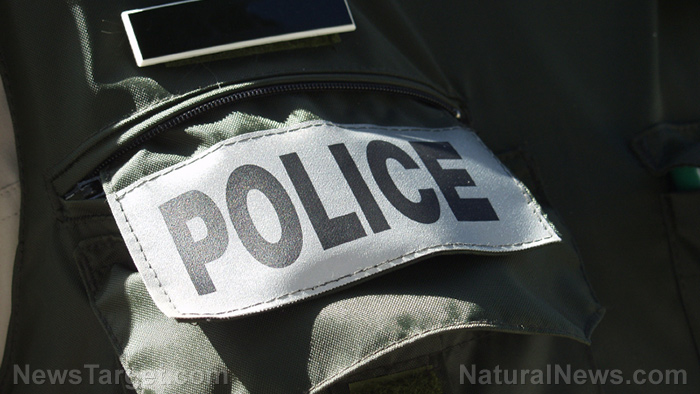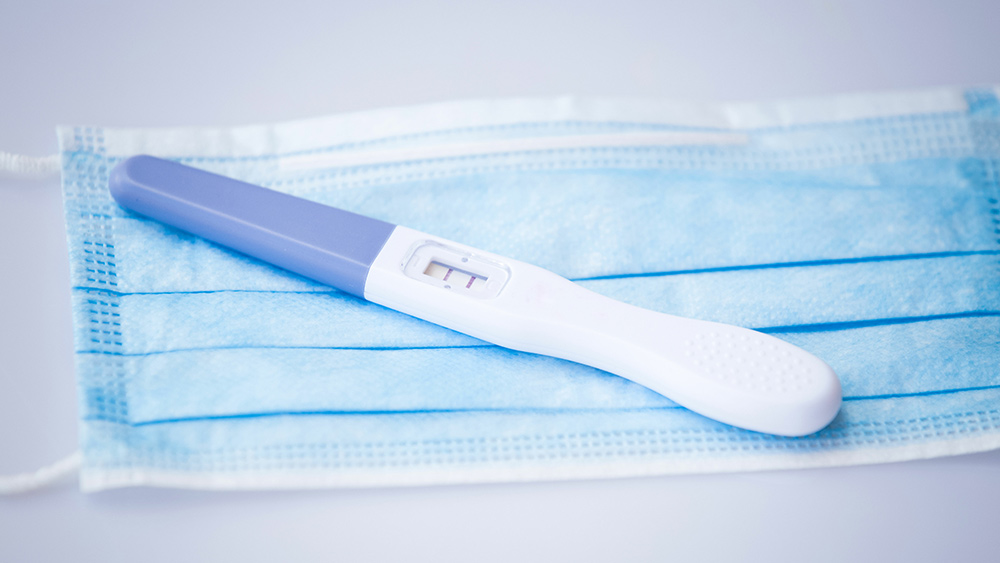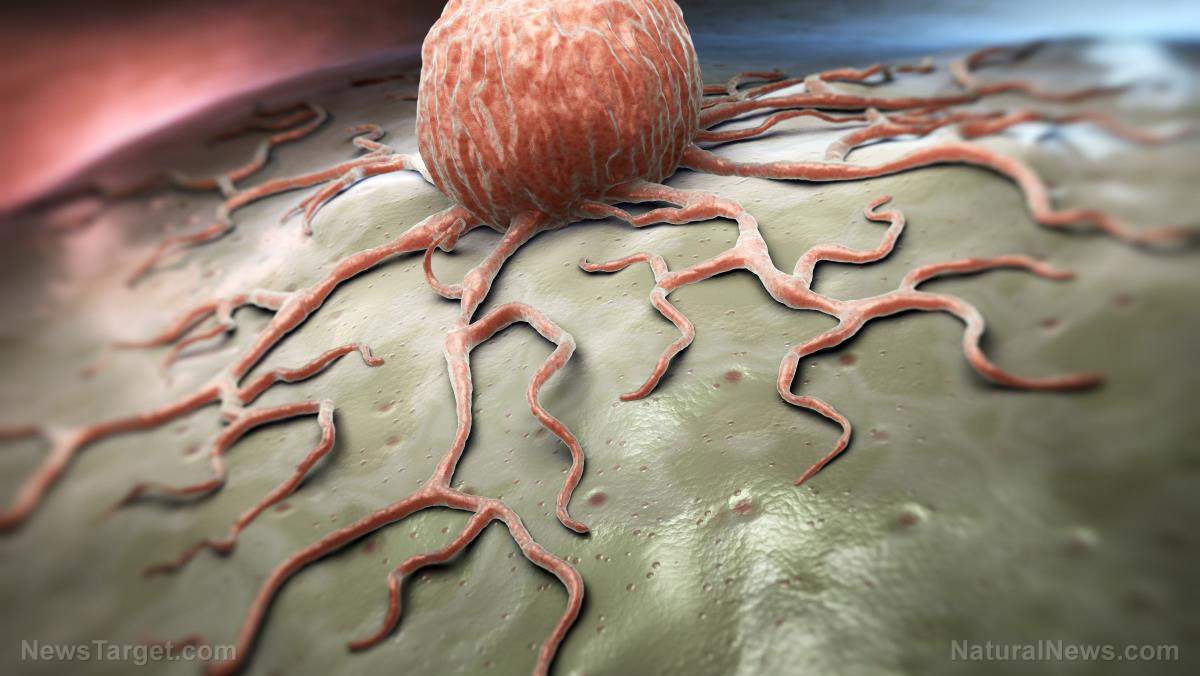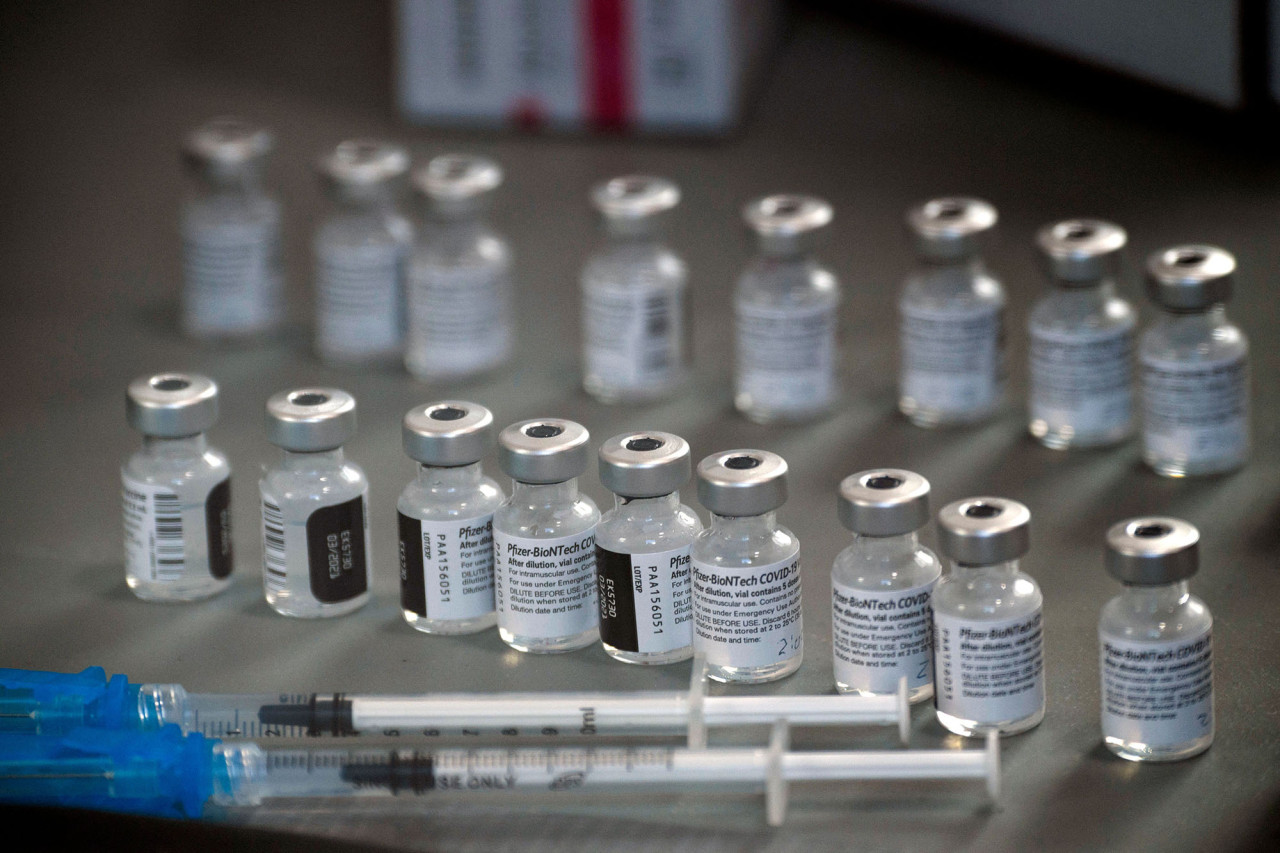Quercetin: A flavonoid that fights COVID like hydroxychloroquine
01/05/2022 / By Kevin Hughes
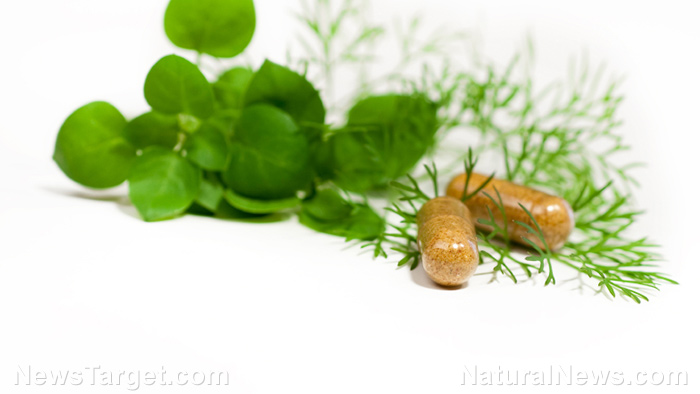
Quercetin is a flavonoid, a naturally occurring pigment found in many plants and foods like onions, green tea, apples, red leaf lettuce and berries. It has antioxidant and anti-inflammatory effects that help reduce swelling, regulate blood sugar and lower the risk of heart disease.
Modern Discontent, an independent publisher of scientific papers on the Wuhan coronavirus (COVID-19), posted a review of quercetin and its benefits in relation to the disease. It gave a summary on how quercetin helps shuttle zinc, which has antiviral activity, into the cell of a human body. It has also shown that it can inhibit ACE2 receptor docking, which aids in preventing viral attachment and eventually viral entry into the cell.
People can get quercetin through their diet.
Foods and drinks that contain quercetin include grapes, berries, cherries, apples, citrus fruits, onions, buckwheat, broccoli, kale, tomatoes, red wine and black tea. Onions have the highest level of quercetin when compared to other tested produce because it contains approximately 300 mg per kilogram.
Quercetin, one of the most common and well-researched flavonoids, is also found in herbal remedies like ginkgo biloba and St. John’s wort.
If you are taking quercetin as a supplement, the most common dose is about 500 mg each day although some people can take up to 1,000 mg daily.
Supplements may also have other substances, such as bromelain or vitamin C, which may aid the body in absorbing quercetin more effectively. Presently, quercetin is being studied for its benefits in fighting SARS-CoV-2 and it is showing identical effects just like hydroxychloroquine. (Related: Fight off viral infections with the power of quercetin.)
More findings show the benefits of quercetin
Quercetin can help hinder the release of proinflammatory cytokines and histamine by adjusting calcium influx into the cell. It balances mast cells and manages the basic functional properties of immune cells, inhibiting an array of molecular targets in the micromolar concentration range by down-regulating or suppressing inflammatory pathways and functions.
It also acts as a zinc ionophore, which is a compound that shuttles zinc into the human cells. This is one of the systems that can detail the effectiveness seen with hydroxychloroquine, which is also a zinc ionophore. It bolsters interferon response to viruses, including SARS-CoV-2, by preventing the expression of casein kinase II (CK2), which is an enzyme that is fundamental to commanding homeostasis at the cellular level.
Modern Discontent‘s review also includes reports of clinical trials connected to quercetin in the context of COVID-19 treatment.
In the first study, which did not test quercetin in isolation, people who received quinine drops and quercetin had a lower incidence of COVID-19 compared to the control group. In another trial, 76 participants with COVID were treated with quercetin and another group of 76 patients received only standard of care. Only 9.2 percent of the participants from the quercetin group needed hospitalization, while 28.9 percent were hospitalized from the other group.
It has also been confirmed that quercetin down-regulates the ability a cell has to generate Type 1 interferon when attacked by a virus. The interferon does not attack the virus but tells the infected cell and the cells that surround the infected cell to make proteins that stop viral replication. In short, quercetin stops CK2 from meddling with the action of Type 1 interferon so cells can receive the signal to stop viral replication.
Quercetin’s common antiviral capacity has been ascribed to three primary means of action, namely: binding to the spike protein to inhibit its ability to infect host cells, preventing replication of already infected cells and reducing the resistance of infected cells to treatment with antiviral medication.
Studies confirm quercetin is beneficial as adjunct therapy
Meanwhile, two recently published studies confirmed that quercetin is beneficial as an adjunct therapy in the early outpatient treatment of mild SARS-CoV-2 infection.
In one study, COVID patients who were given quercetin aside from analgesics and an antibiotic cleaned the virus faster than those who only took analgesics and antibiotics, while a bigger number of patients noted reduced symptoms.
In the second study, daily quercetin supplementation for a month decreased the frequency and length of hospitalization, the use of noninvasive oxygen therapy, intensive care and deaths.
The said studies proved that quercetin, with its antiviral, anti-blood clotting, anti-inflammatory and antioxidant properties, are vital in the treatment of SARS-CoV-2 infection.
Watch the video below to know more about the benefits of quercetin.
This video is from the Holistic Herbalist channel on Brighteon.com.
Follow FoodIsMedicine.com to know more about natural cures that can be found in foods.
Sources include:
Tagged Under: alternative medicine, anti-blood clotting, anti-inflammatory, antioxidant, antiviral, covid-19, flavonoid, food is medicine, food science, infections, natural medicine, outbreak, pandemic, phytonutrients, quercetin, supplements
RECENT NEWS & ARTICLES
Pandemic.News is a fact-based public education website published by Pandemic News Features, LLC.
All content copyright © 2018 by Pandemic News Features, LLC.
Contact Us with Tips or Corrections
All trademarks, registered trademarks and servicemarks mentioned on this site are the property of their respective owners.




